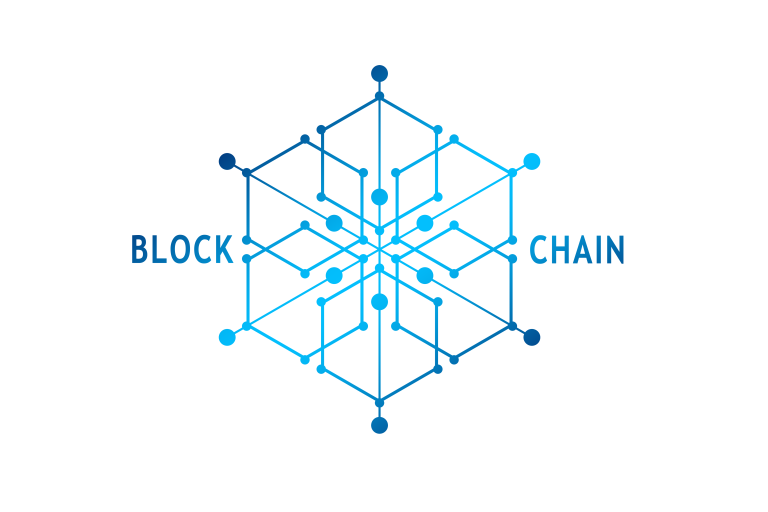Blockchain Nodes Guide: Types, Functions & Requirements 2024

What is a Blockchain Node?
A blockchain node is a fundamental component of blockchain networks that maintains and validates the network through peer-to-peer communication. Nodes receive transactions from users, broadcast them to the network, and participate in consensus to validate and permanently record transactions in the blockchain. They serve as crucial points of interaction for users, ensuring network security, stability, and accessibility.
Take a peek on our latest blog: Blockchain Nodes 2025 Guide.
Core Functions of Blockchain Nodes
Blockchain nodes play a vital role in maintaining the security, stability, and accessibility of the network. Their primary functions include:
- Receiving transactions from users.
- Broadcasting these transactions to the network.
- Participating in consensus to validate and permanently record transactions in the blockchain.
- Ensuring network security by validating transactions and blocks.
Basic Types of Blockchain Nodes
There are several types of blockchain nodes, each serving a distinct function. The following are some of the most important types:
1. Full Node
- Stores the entire transaction history of the blockchain.
- Performs functions like block validation and state verification.
- Fulfills data requests from other nodes.
2. Light Node
- Stores only the header chain.
- Validates data using the state roots in block headers.
- Ideal for low-capacity devices.
3. Archive Node
- Similar to a full node but stores a complete archive of historical states.
- Not for average users but suitable for block explorers, wallet vendors, and chain analytics.
Other Types of Nodes
There are also specialized nodes with unique functions:
| Node Type | Primary Function | Key Characteristics |
|---|---|---|
| Mining Nodes | Create new blocks | Requires specialized hardware and high computing power |
| Staking Nodes | Validate transactions in Proof of Stake (PoS) | Lock cryptocurrency as collateral |
| Master Nodes | Govern and verify | Cannot add new blocks but verify transactions |
| Lightning Nodes | Enable off-chain transactions | Reduce transaction latency |
How Blockchain Nodes Validate Transactions?
The process by which blockchain nodes validate transactions follows a step-by-step procedure:
- A miner tries to broadcast a new block to the blockchain.
- Nodes check whether the block is valid or not. Based on the transaction history, nodes can either accept or reject the block.
- Once validated, nodes broadcast the transaction history to other nodes to synchronize the entire blockchain.
For block validation, a miner must run a full node, as the new block needs to cross-compare the transaction history.
Minimum Requirements for Bitcoin and Ethereum Nodes
| Bitcoin Node | Ethereum Node |
|---|---|
| Disk space: 360 GB |
Disk space: 1TB SSD |
| SSD Speed: 15 GB download speed per month |
SSD Speed: 68 MB/s random writes speed 30.9 MB/s random reads speed +112 GB of capacity |
| Operating System: Windows 7/8.x/10 Mac OS X Linux |
Operating System: Windows 7/8.x/10 Mac OS X Linux |
| Memory: 2 GB |
Memory: 13-14 GB RAM |
Learn More About Blockchain Nodes
If you want to explore further, you can read more about the best cryptocurrency payment gateways for e-commerce, which also ties into the broader blockchain ecosystem.
Blockchain nodes are essential for maintaining the decentralized nature of the blockchain. Whether you’re running a full node, a light node, or an archive node, you play a crucial role in the functioning of the network. As blockchain technology evolves, the types and functionalities of nodes will continue to expand, providing even more opportunities for involvement.

